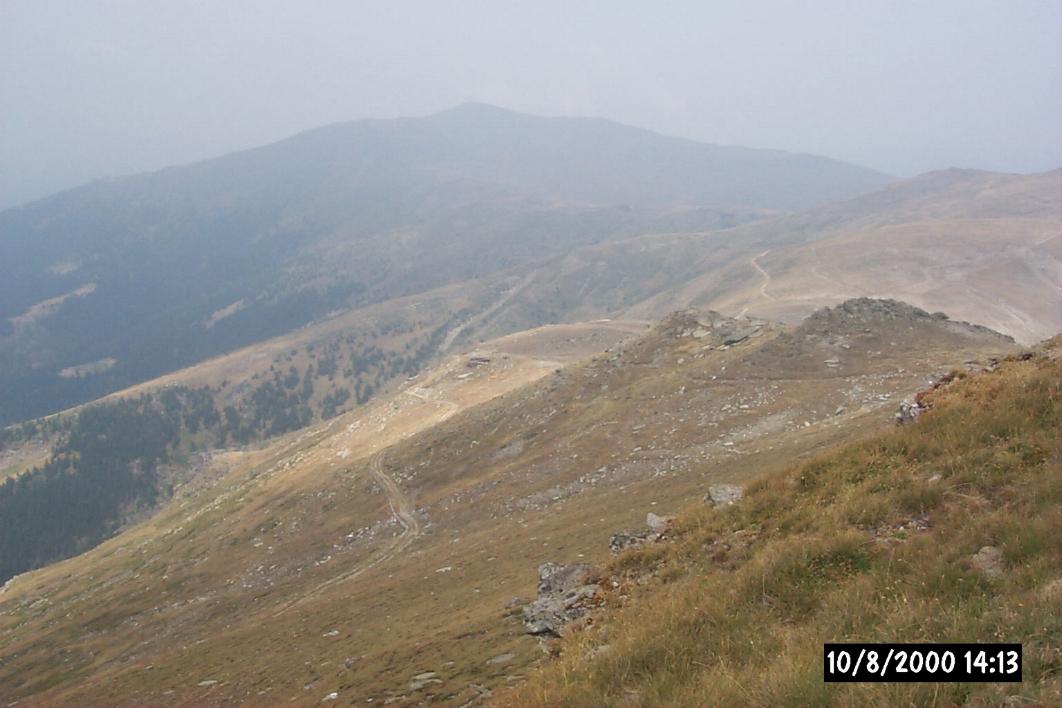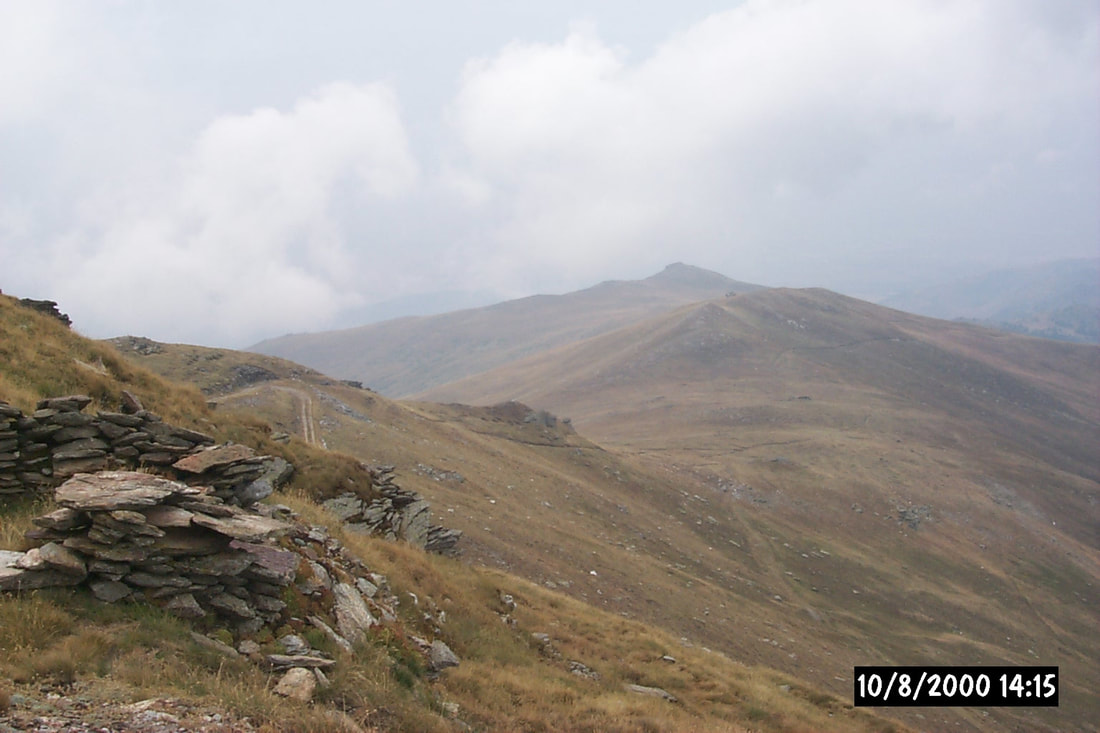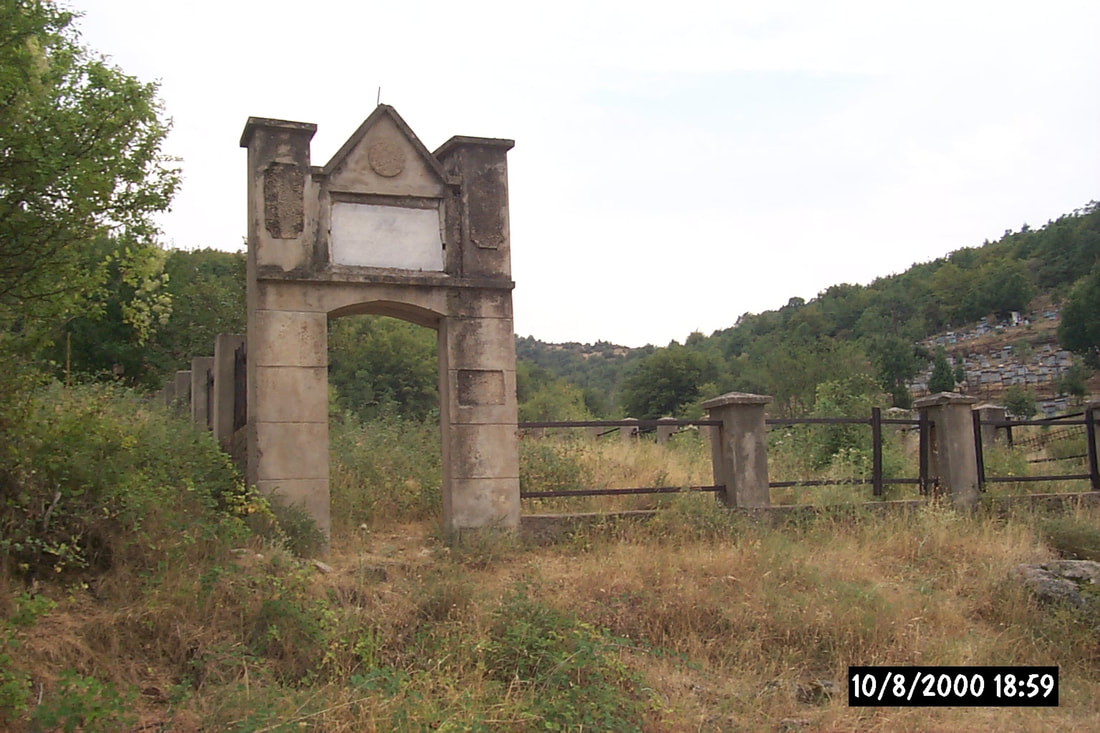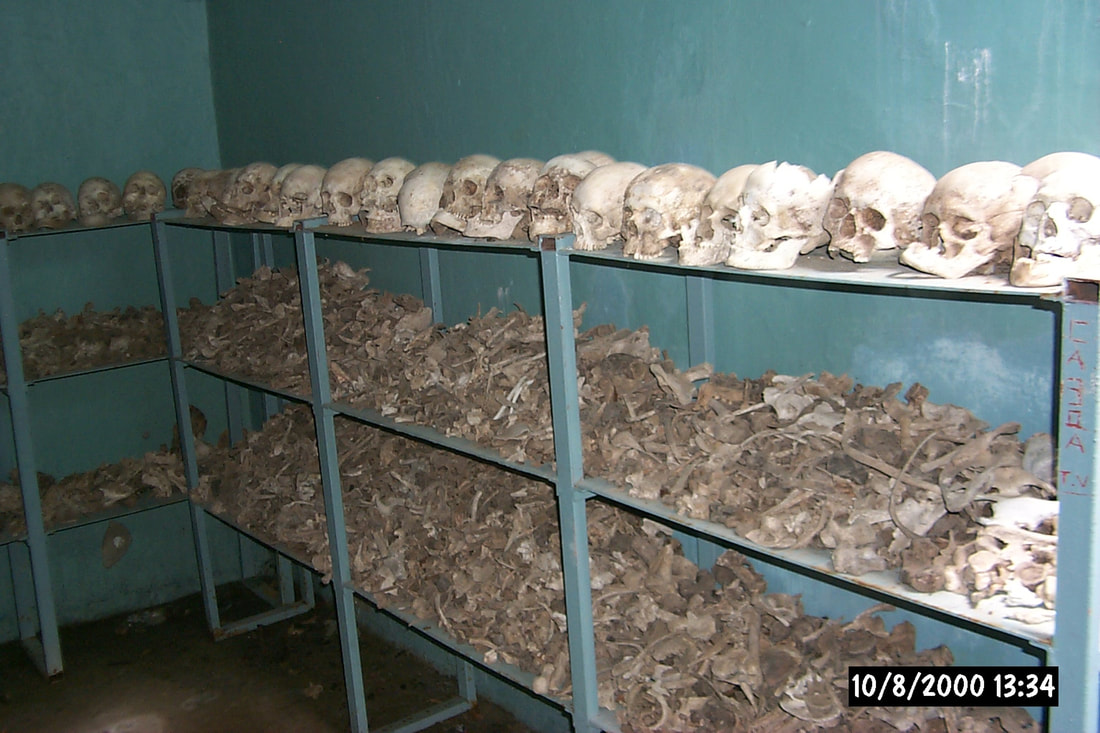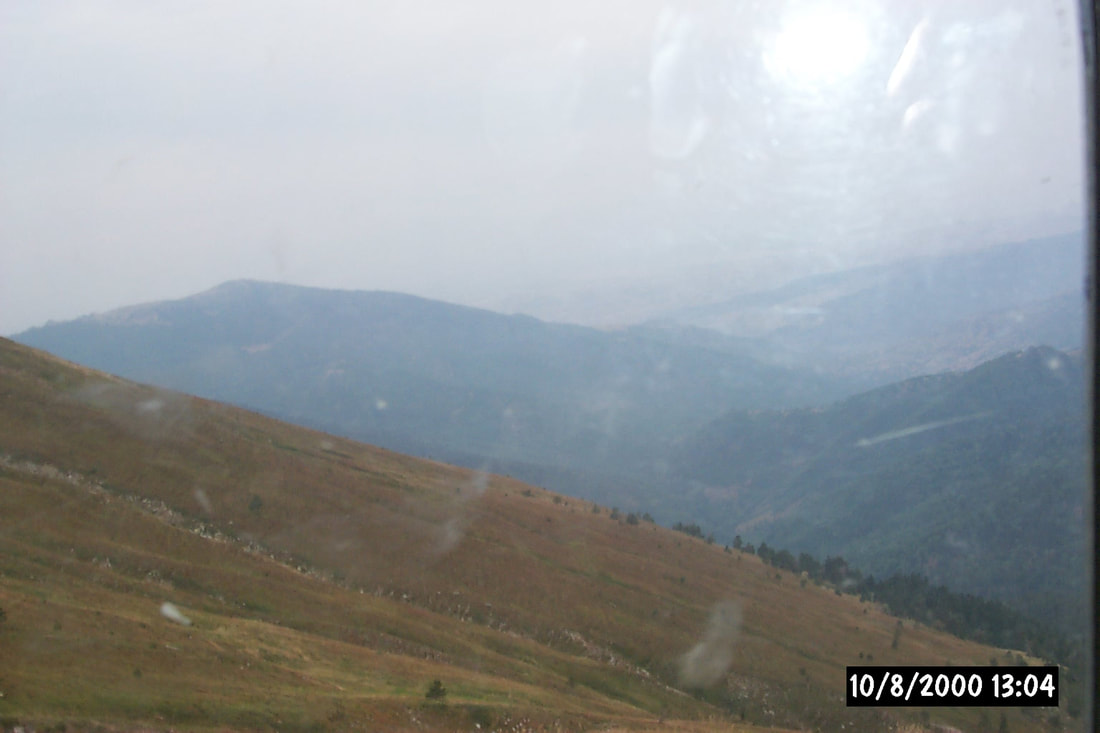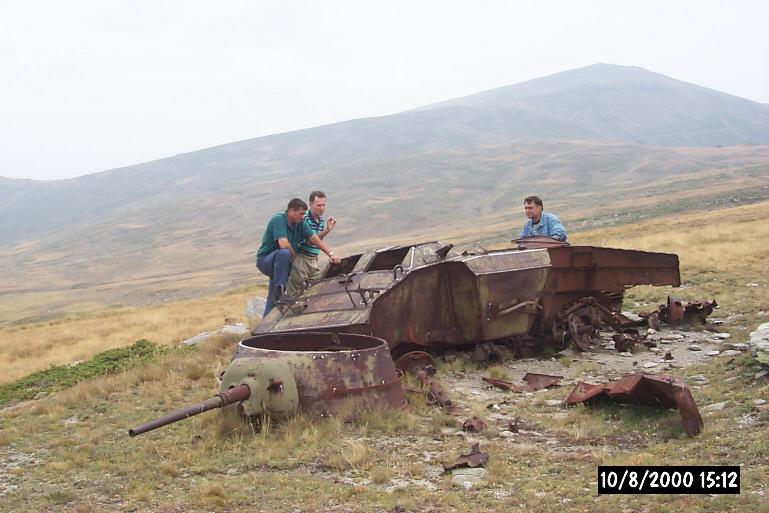- Home
- About
-
Travel
-
Features
- Dyrrachion1081
- Normans in the Balkans
- Manolada 1316
- Kosovo 1389
- Castles on the Danube
- Late Medieval Bosnian Army
- Doboj 1415
- Wallachian and Moldovan troops of the Napoleonic wars
- Anchialos 917
- Slovenian Borderlands
- The Zadruga and the Military Border
- Cretan War in the Adriatic
- Salonika 1916
- Uskoks of Senj
- Siege of Klis 1537
- Eugene in the Balkans
- Moldavian Surprise 1711
- Austro-Turkish War 1737-9
- Militargrenze
- Invading Ottoman Turkey
- Siege of Ragusa 1814
- Russo-Turkish War 1806-12
- Serbian Uprising 1815
- Ali Pasha
- Ottoman Army 1826
- Aleksinac 1876
- Shipka Pass
- Slivnitsa 1885
- Romanian Army 1878
- Austrian forts 19thC
- Kumanovo 1912
- Catalca Lines
- Adrianople 1912-13
- Kajmakcalan 1916
- The other 1918 campaign
- Macedonia air war WW1
- War of the Stray Dog
- Royal Yugoslavian armed forces
- Blunder in the Mountains
- Romanian SS
- Gebirgsjager in the Balkans
- Knights Move 1944
- Vis during WW2
- HLI in the Adriatic
- Adriatic Cruel Seas
- Dalmatian Bridgehead
- Cyprus 1974
- Transnistrian War
- Ottoman Navy Napoleonic wars
- Medieval Balkans
- Balkan lockdown quiz >
- Reviews
-
Armies
- Ancient Greeks
- Pyrrhic army of Epirus
- Dacian wars
- Goths
- Late Roman
- Comnenan Byzantine Army
- Normans
- Serbian medieval
- Albanian medieval
- Wallachian medieval
- Bosnian Medieval
- Catalan Company
- Polish 17C
- Austrian Imperialist
- Ottoman
- Austrian 18thC
- Russian Early 18thC
- Ottoman Napoleonic
- Greek Revolution
- 1848 Hungarian Revolution
- Russian Crimean war
- Romanian Army of 1877
- Ottoman 1877
- Russian 1877
- Balkan Wars 1912-13
- Macedonia WW1
- Greece WW2
- Italian Army WW2
- Gebirgsjager WW2
- Hungary WW2
- Turkey WW2
- Soviet Union WW2
- Bulgaria WW2
- Turkish Korean War Brigade
- Balkan Wars 1990s
- Links
- Books
Battle of Kajmakcalan - Macedonia - Sept. 1916
|
In July 1916 the Russian Brussilov offensive had made sweeping gains along the Dniester encouraging Romania to enter the war. One of the conditions for Romania's participation was an allied offensive in Macedonia ,which they hoped would engage the Bulgars and prevent a counter offensive over the Danube.
The allied CinC in Macedonia was the French General Sarrail. The French, British, Serbian, Russian and Italian troops were in position by the middle of August ready for the Romanian declaration of war on the 28th. However, the Bulgars and Germans had spotted the allied preparations and pre-emptied allied plans with their own offensive on August 17th. This had some early success capturing Florina, forcing Serb and French forces back into Greece. The offensive eventually petered out against strong Serb positions at Ostrovo. By the end of August the fighting had stopped. Sarrail now reorganised his planned offensive. The British and Italian armies would demonstrate on their fronts whilst Serbian and French divisions would attack Monastir. The capture of Monastir would enable a flanking of the strong Vardar defences, if it could be captured before the autumn rains. The key Bulgarian position was on the twin peaks of the Kajmakcalan mountain, a 1500 yard ridge, 8200 feet up at the highest point. This had to be taken by the Serbian First Army (General Misic) before any advance on Monastir. The offensive began on September 12th and the Serbs made good progress through the foothills up to the village of Batachin. After that the bare slopes of the mountain with its natural gullies provided shelter from the artillery support and the Serbs had to advance by hand to hand fighting. By the 19th the Drina division had reached the summit. The Bulgars counterattacked on the 26th and for four days the summit ridge was lost and regained several times until on the 30th the Bulgars retired from the mountain. The attack by two French divisions and a Russian brigade on the Bulgar right flank recaptured Florina on the 17th and then came up against three lines of Bulgar trenches around Kenali and the Crna River. It would be six weeks and at a cost of a further 2000 allied lives before the position was taken. The French commander Cordonnier was repeatedly ordered to attack these lines frontally with inadequate preparation by Sarrail. In fairness, Sarrail's focus was on the bigger picture and the need to ease pressure on the Romanians. Both sides reinforced. Additional French troops for the allies and German battalions (from France) strengthened key points on the Bulgar lines. Throughout October and early November allied troops fought through rain, blizzards and fog to push the Bulgars and Germans from the trenches until Monastir was eventually captured on November 19th. However, the victory could not be exploited due the winter and Sarrail suspended all operations on December 11th. The battlefield today is largely situated in the Former Yugoslav Republic of Macedonia on the border with Greece. It is in a restricted military area which requires special permission to visit. The battlefield is well preserved with trench lines visible along with shrapnel, bullets and even human bones. I am grateful to Tom Bierschenk for the photographs. |

